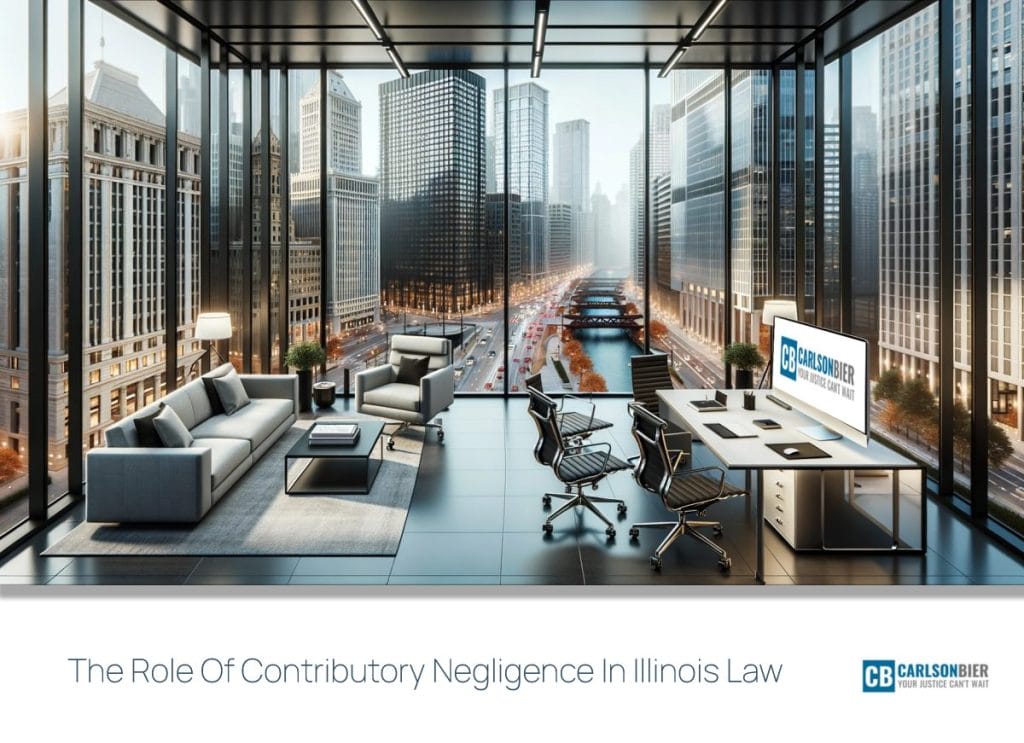Understanding Contributory Negligence Illinois
At The Law Office of Carlson Bier Associates, we are proud to serve the state of Illinois and constantly strive to provide our clients with the most accurate legal information and advice. A term that frequently arises in our line of work, especially in personal injury cases, is ‘Contributory Negligence’ – an aspect of law that not every individual understands right off the bat. This article aims to shed light on the role and application of contributory negligence in Illinois law, delivering an appreciable value to our readers.
Defining Contributory Negligence
In the realm of personal injury law, contributory negligence refers to a scenario where the injured party (plaintiff) is partially at fault for the accident or injury that occurred. This principle posits that if a person played any role, however small, in their own injury, they may see their compensation reduced or even negated depending on their degree of fault. As such, understanding contributory negligence is crucial for all parties involved in an accident or injury claim.
Contributory Negligence: An Illinois Perspective
In the Illinois law perspective, contributory negligence operates on a modified comparative fault system. This means that a plaintiff’s recovery is reduced by their percentage of fault, but if this percentage is 50% or more, they are barred from recovering any damages. This is set down in The Illinois Compiled Statutes (735 ILCS 5/2-1116), which dictate that if the plaintiff’s contributory fault is more than 50% of the proximate cause of the injury or damage for which recovery is sought, they cannot recover.
Deciphering the ‘More Than 50%’ Rule
The ‘more than 50%’ rule might seem vague or complicated, but its essence lies in comparative responsibility. If the court determines that a plaintiff was more at fault (over 50%) for their injuries than the defendant, then the plaintiff is barred from recovery. Evaluating fault is dependent on the details of the case, taking into consideration all relevant factors that contributed to the accident.
Applying Contributory Negligence in Practice
In practice, Illinois courts will ascertain both the defendant’s and plaintiff’s degree of fault in percentages. For instance, if an individual is determined 20% at fault for an accident, and the total damages amount to $10,000, the plaintiff will receive 80% of this figure, equating to $8,000 in compensation.
Contributing factors that could reduce a plaintiff’s recovery might include negligence in adhering to safety rules or engaging in risky behavior that contributed to the accident.
The Importance of Legal Representation
Given the complexity of these legal proceedings and the potential impact on potential compensation, it is vital for accident victims to secure competent legal representation. With an experienced personal injury lawyer on your side, the chances of avoiding or mitigating the effects of contributory negligence can be significantly improved.
Parting Thoughts
The principle of contributory negligence in Illinois plays a significant role in a vast majority of personal injury cases. The high stakes of injury-related legal proceedings necessitate an understanding of this concept for those involved. It’s our hope that this article provides valuable insight into the dynamics of contributory negligence and underscores the vital role that experienced legal representation plays during such times.
Please take a moment to review the Illinois Court’s official site for more information about contributory negligence- IllinoisCourt.gov. The Law Office of Carlson Bier Associates is always here to help with your personal injury legal needs.

